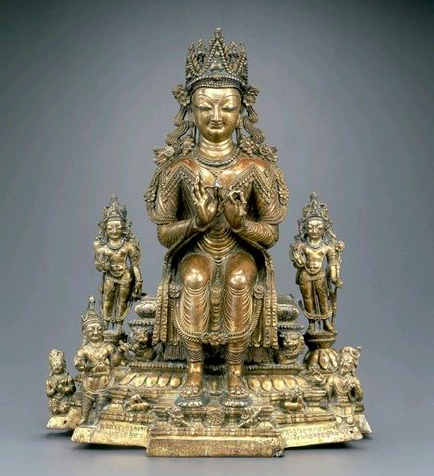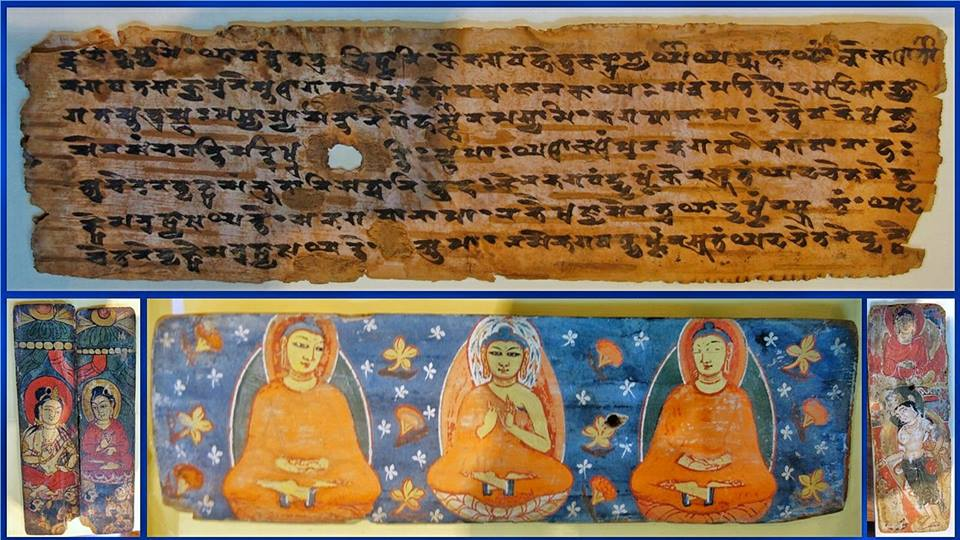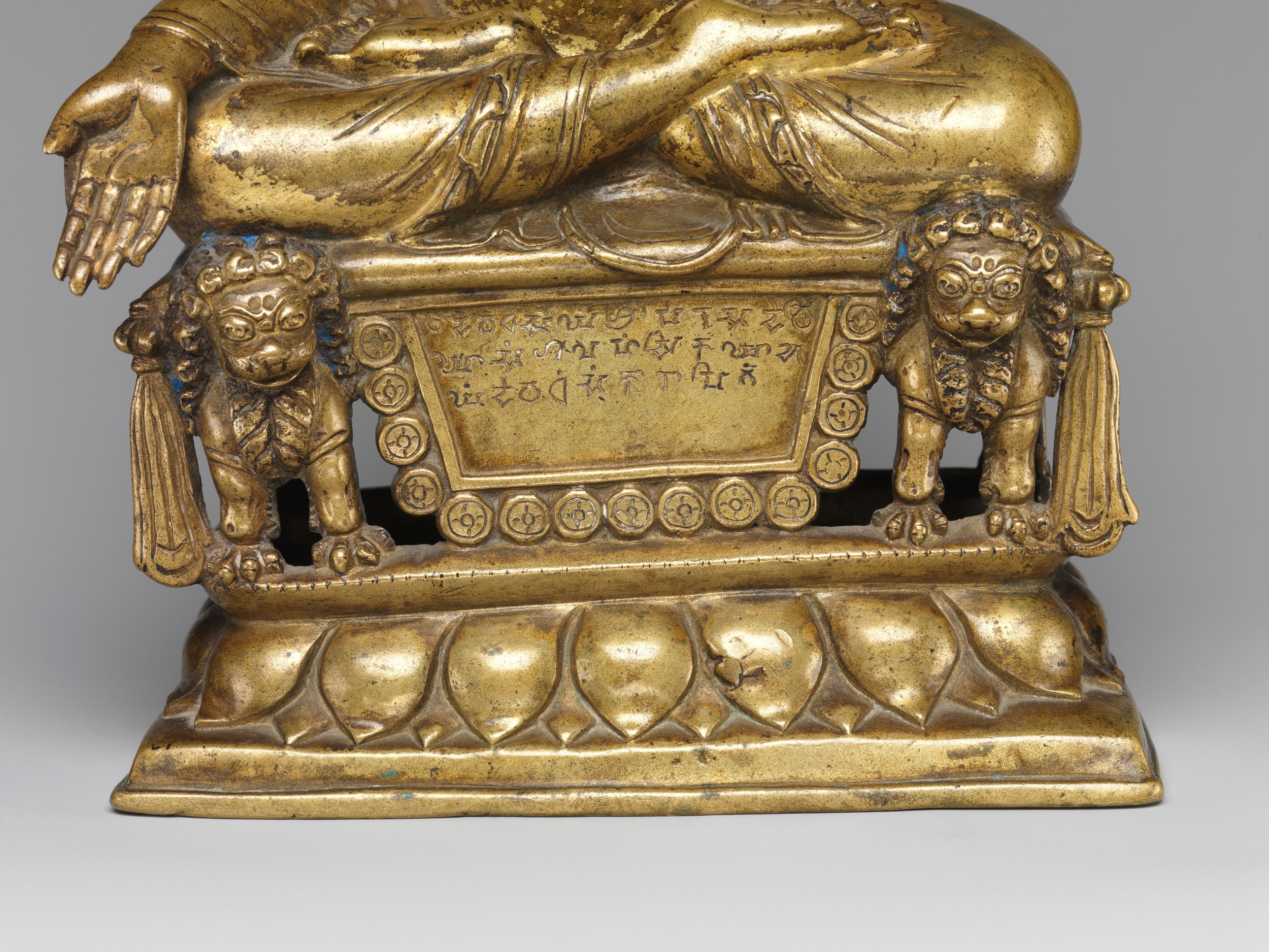Palola Shahis of Gilgit
Palola Shahis of Gilgit is one of those many unknown kingdoms of India about which nothing is known. Ruling for 250 years in a very important area, and in a very important period in the History of Himalayas, though nothing much is known about the kingdom, one would notice that the kingdom brought itself eternal fame through the famous Gilgit Bronzes and Manuscripts whose discovery, incidentally are a very important milestone in Himalayan History







